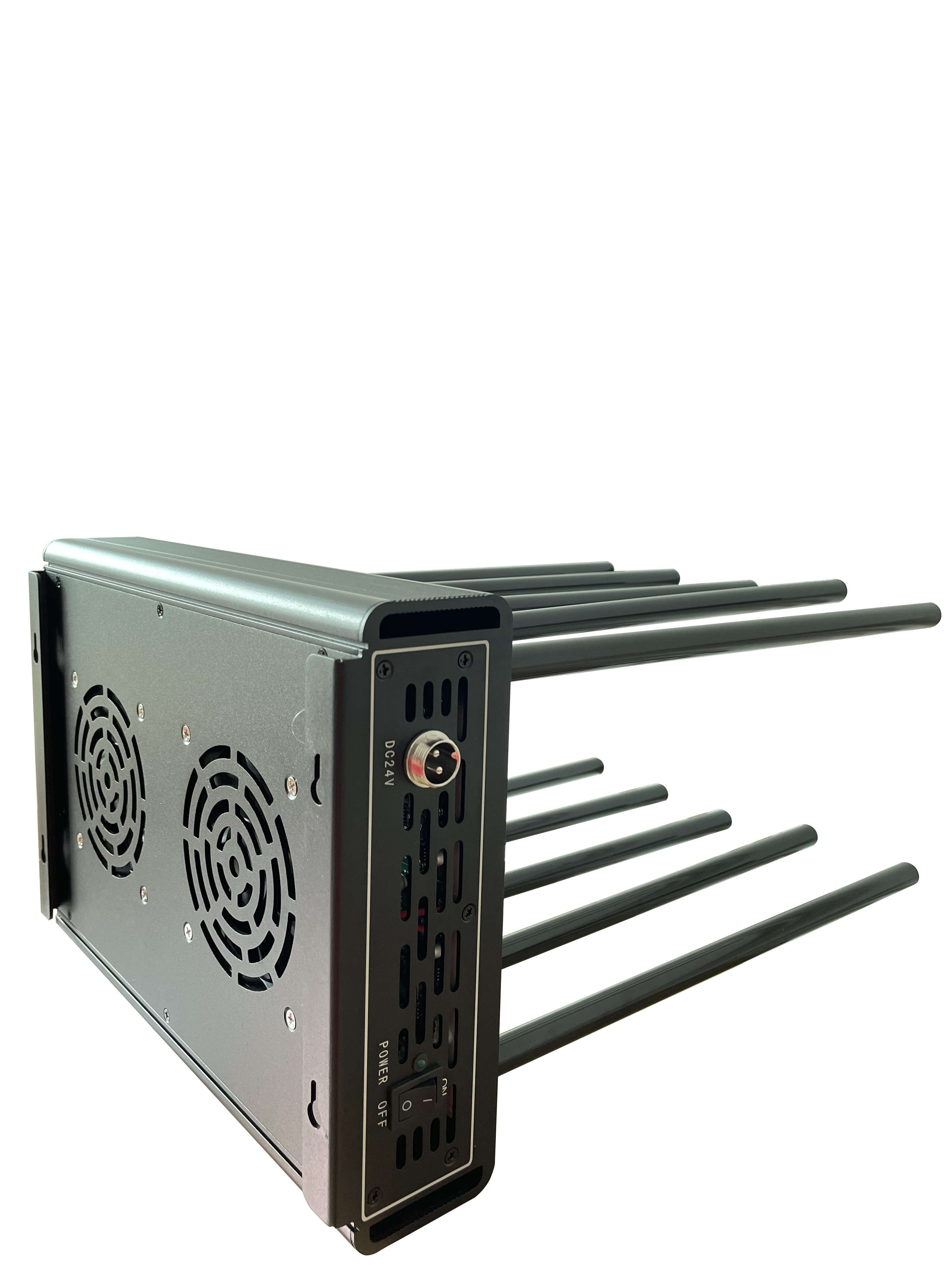The rapid advancement of drone technology has introduced new security challenges for high-security facilities worldwide. As drones become more sophisticated, accessible, and affordable, the need for effective countermeasures has never been more critical. A drone jammer represents one of the most effective solutions in the modern security arsenal, providing essential protection against unauthorized aerial intrusions.
The increasing prevalence of drones in both commercial and recreational settings has created significant vulnerabilities for sensitive locations such as government buildings, military installations, correctional facilities, and critical infrastructure. These unmanned aerial vehicles can potentially be used for surveillance, smuggling, or even as weapons platforms, making drone detection and neutralization capabilities absolutely essential.
A drone jammer operates by emitting electromagnetic signals that disrupt the communication between a drone and its operator. This sophisticated technology targets specific radio frequencies commonly used for drone control, including 2.4GHz and 5.8GHz bands. When activated, the jammer creates an electromagnetic barrier that prevents unauthorized drones from maintaining their control links.
Modern drone jammers incorporate advanced features such as directional antennas, multiple frequency bands, and intelligent signal processing. These components work together to ensure maximum effectiveness while minimizing interference with other legitimate electronic systems in the vicinity.


The effectiveness of a drone jammer relies heavily on its ability to quickly detect and respond to potential threats. Advanced systems employ multiple sensors and radar technology to identify incoming drones, automatically triggering the jamming response. This rapid detection and reaction capability is crucial for maintaining security integrity at high-risk facilities.
Integration with existing security infrastructure allows drone jammers to become part of a comprehensive defense strategy. The system can work in conjunction with physical barriers, surveillance cameras, and other security measures to provide multiple layers of protection.
Military bases and government facilities represent prime targets for drone-based threats. A drone jammer provides these installations with crucial protection against aerial surveillance and potential attacks. The technology helps maintain operational security by preventing unauthorized documentation of sensitive areas and activities.
These facilities often handle classified information and house sensitive equipment, making them particularly vulnerable to aerial espionage. By implementing drone jamming systems, facility managers can effectively create a no-fly zone that safeguards against both casual intruders and sophisticated threat actors.
Power plants, water treatment facilities, and other critical infrastructure components require robust protection against drone-based threats. A properly deployed drone jammer helps ensure continuous operations by preventing potential disruptions or attacks from unmanned aerial vehicles.
The technology proves particularly valuable during high-alert situations or special events when the risk of drone-based incidents may increase. Infrastructure operators can maintain security protocols while ensuring essential services remain uninterrupted.
Successfully implementing a drone jammer requires careful consideration of facility layout, security requirements, and potential threat vectors. Security professionals must assess coverage areas, identify potential blind spots, and determine optimal placement for jamming equipment to ensure comprehensive protection.
The deployment strategy should also account for future scalability and system upgrades. As drone technology evolves, security systems must adapt to counter new threats and capabilities. Regular assessments and updates ensure continued effectiveness of the jamming system.
Operating a drone jammer requires adherence to local and national regulations regarding radio frequency transmission and interference. Security managers must obtain necessary permits and ensure their systems comply with relevant laws while maintaining effective protection against drone threats.
Regular coordination with aviation authorities and nearby facilities helps prevent unintended disruption of legitimate drone operations. This collaborative approach ensures both security and regulatory compliance are maintained.
The next generation of drone jammers incorporates artificial intelligence and machine learning to improve threat detection and response. These systems can better distinguish between authorized and unauthorized drones, reducing false alarms while maintaining security effectiveness.
Enhanced sensor integration and improved signal processing capabilities allow for more precise targeting of threat drones while minimizing impact on surrounding electronic systems. These advancements represent significant improvements in both functionality and operational efficiency.
Modern security solutions increasingly combine jamming technology with other counter-drone measures. This integrated approach might include physical capture systems, directed energy weapons, or cyber-attack capabilities, providing multiple options for threat neutralization.
The evolution of drone jammer technology continues to address emerging threats and capabilities. Future systems will likely offer enhanced range, improved targeting precision, and greater integration with existing security infrastructure.
A professional-grade drone jammer typically provides effective coverage within a range of 1-3 kilometers, depending on the model and environmental conditions. However, high-end systems designed for critical infrastructure protection may offer extended ranges of up to 5 kilometers or more.
Modern drone jammers are designed to target specific frequencies used by drones while minimizing interference with other electronic devices. However, some impact on nearby wireless communications may occur, which is why proper deployment planning and regular testing are essential.
Advanced drone jammers equipped with intelligent recognition systems can identify and whitelist authorized drones while targeting potential threats. This capability requires integration with drone management systems and proper configuration of approved device signatures.